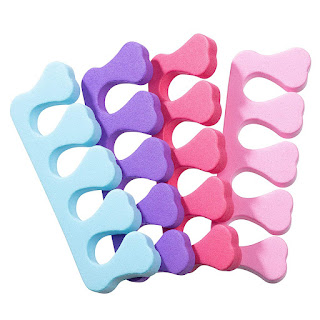I have a counterbalance floor loom. It's my pride and joy. (Counterbalance looms are like hen's teeth in Australia.) I've finished one project on it and am well under way warping the next, so I'm still in the honeymoon phase. However, this honeymoon hasn't been without its issues.
The Problem
Like a lot of pulley-based looms, mine has wooden shafts top and bottom that float freely in the castle - no sides or guide rails. This can make it difficult to thread the heddles. They wave around and bump into each other, and before you know it you've threaded shaft three with shaft four's intended thread, or worse - threaded *both* together.
This wasn't so bad on my table loom - the springs attaching the levers to the shafts helped hold them steady. My floor loom doesn't have that. I found myself fighting the warp, the heddles, the pedals, and every other thing that could possibly move just trying to thread the thing.
The Solution
I've been informed that newer loom models come with special pegs or locks to hold the shafts steady while you thread them. To which I say, good for them. Mine didn't. It's a Dryad, a brand so old you can barely find information for it online. (Though this could just be from the abysmal state of search engines nowadays.)
Someone - the previous owner? - had drilled holes in the ends of the shafts and bolted side rails onto each. I suspect they were sick of the heddles trying to fall off the ends - understandable, but ultimately bad for the loom's operation. Counterbalance looms don't need side rails, and the extra weight (the bolts were *huge*) affects the loom's performance. So I took those off post-haste.
 |
| Seriously. HUGE. |
And then, while cursing at the threading - lightbulb!
I rummaged around the house and came up with some large beads, two rubber bands, and a couple of knitting needles. I threaded the knitting needle through the holes on the tops of the shafts, with a bead in between each.
This spaced the shafts out nicely and and kept them stable while I threaded the heddles. I stuck a rubber band over top of the needle to hold everything in place.
If your shafts don't have holes in the end, I don't think this would work so nicely. Two minutes with a drill would fix that right up, though.
Or you could use one of those toe separator things for painting toenails.


No comments:
Post a Comment